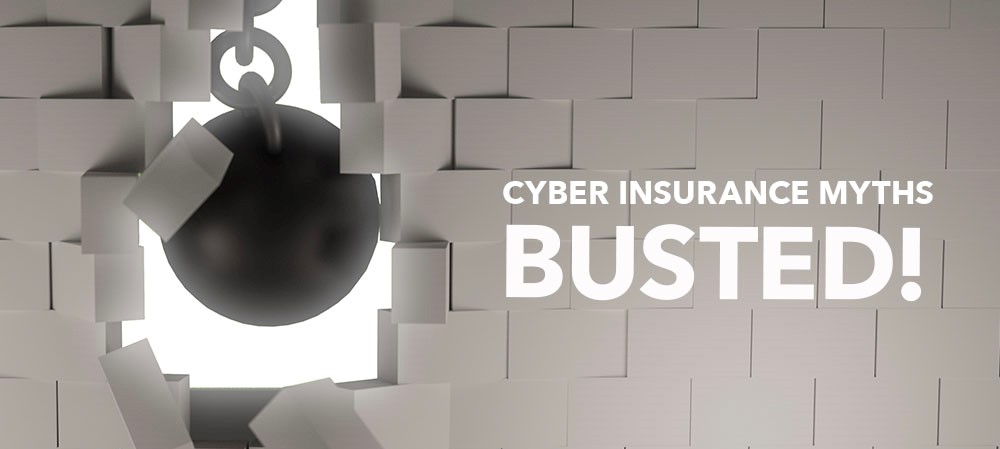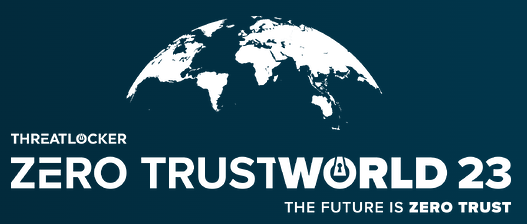I’m going to throw some names out at you: Target, Uber, Colonial Pipeline, Equifax, Twitter. I’m sure most, if not all of you know these household names… maybe with the exception of Colonial Pipeline. I myself had never heard of them until I was sitting in my car in line to get gas while vacationing in the Outer Banks of North Carolina. On the radio was playing the news of how Colonial Pipeline had suffered a severe network breach that allowed an attacker to launch ransomware on their systems, shutting down their fuel transmission operations to the Southeastern United States. Which by sheer luck, I happened to be in that neck of the woods and got to experience my first-ever gas shortage. All I knew was I needed gas, or I wasn’t going to be able to leave the beach! Wait… how is that a bad thing? I digress.
Appalachia Technologies Blog
 As the world becomes more digitized and cybercrime increases, the need for cyber insurance is something businesses should not overlook. If your company handles, transmits or stores sensitive data, you need to know about cyber insurance.
As the world becomes more digitized and cybercrime increases, the need for cyber insurance is something businesses should not overlook. If your company handles, transmits or stores sensitive data, you need to know about cyber insurance.
As I’m sitting in my office looking at the wintry precipitation fall, it makes me long for a warmer climate. Well, I happen to be in luck, as next week I will be attending the Zero Trust World Conference, presented by ThreatLocker; which takes place in sunny and warm Orlando, Florida. In the midst of packing, making lists of things to take along, and making sure I’m TSA compliant, I have had my ear to the wire about the events being announced for the conference. Here is a preview of what is to come!
 When looking for cyber insurance for your small business, you may find it hard to navigate technology and insurance jargon. There are even different types of cyber coverage and you might not be sure what you need because you’re not a cybersecurity expert. Plus, once you do have coverage, there’s always the risk of not receiving a payout in the event of an incident if you didn’t meet your policy’s requirements.
When looking for cyber insurance for your small business, you may find it hard to navigate technology and insurance jargon. There are even different types of cyber coverage and you might not be sure what you need because you’re not a cybersecurity expert. Plus, once you do have coverage, there’s always the risk of not receiving a payout in the event of an incident if you didn’t meet your policy’s requirements.
 As the world increasingly moves online, so do the risks to our businesses. Cyber insurance is one way to help your business recover following a cyberattack. It covers financial losses caused by events such as data breaches, cyber theft, ransomware, and more.
As the world increasingly moves online, so do the risks to our businesses. Cyber insurance is one way to help your business recover following a cyberattack. It covers financial losses caused by events such as data breaches, cyber theft, ransomware, and more.
Recently, we explored the Open Web Application Security Project (OWASP) Top 10 (Allergic to Bees? Don’t Get Stung by the OWASP Top 10) by looking at what it is and why it matters. Then we took a closer look at one area of the Top 10 – Security Misconfiguration. Next in line for a deeper dive is Security Logging and Monitoring Failures. This particular category is in place to help detect, escalate, and respond to active breaches.

P R E S S R E L E A S E
Grantville, PA: On Wednesday, October 19, Appalachia Technologies will be hosting a free in-person cybersecurity summit at the Hollywood Casino at Penn National Race Course for regional CIOs, CISOs, and IT Security Leaders.
Sixth-Annual List & Research Identifies Leading Managed Security Service Providers Worldwide
September 20, 2022, Mechanicsburg, PA: MSSP Alert, a CyberRisk Alliance resource, has named Appalachia Technologies to the Top 250 MSSPs list for 2022 (http://www.msspalert.com/top250).
Security Misconfiguration
Last week we touched on the basics of the Open Web Application Security Project® (OWASP) and why it should be used as a source of information for keeping your web applications secure. This week we are going to touch on one particular vulnerability from the OWASP Top 10 Web Application Security Risks - Security Misconfiguration.
In your city or town, you know that stretch of road or highway that feels like it has been under construction for 10 years? In many ways, the development of CMMC can feel like it too is marked with orange cones and will be underway for years. From the most significant change of CMMC 1.0 (the OG version) to the November 2021 update to CMMC 2.0, to even the CMMC-AB name change to The Cyber AB, new information seems to keep coming with timelines shifting. While The Cyber AB holds monthly Town Hall webinars to share updates, the DoD and various vendors are also sharing out information via webinars. Recently, PreVeil, a DoD supplier, along with members of the Manufacturing Extension Partnership, hosted a webinar with DoD leaders Stacy Bostjanick (DoD CMMC Program Head) and Dave McKeown (DoD CISO) to review recent updates and timelines.
I sat in the parking lot watching employees walk in the corporate office. Ready with my five dozen donuts, I waited until the perfect moment to see if I could infiltrate. It’s like the start of a great superhero movie - except starring Kevin James and not Christian Bale.
I had been hired by the company for a physical social engineering assessment. Only a few people (stakeholders and managers) within the company knew that this was occurring that day. The goal was to see if I could gain entry into the building unnoticed and once in, what I could access.
OWASP - is it something we don’t want to get stung by, or is it here to protect us? In cybersecurity, we’ve all heard the term, but what is it really?
There are many frameworks and security models to refer to when working to secure your organization. Sometimes it can prove to be overwhelming. Today I’m going to talk about three action items that will make a significant difference in your overall security posture. Keeping in mind that there is no silver bullet to securing an organization, these three will certainly gain a great return.
People carry less cash in their wallets than they used to. Even when going to the ice cream stand in the middle of summer, a debit or credit card is swiped instead of cash being tendered. The reason for this is simple - it’s easier to swipe a card than it is to carry a load of cash in your wallet. This has become an extremely convenient option over the years when making purchases. However, as is often the case, convenience comes with risk.
Ransomware – The What, Where, and Why
Everyone has heard stories by now of an organization getting hit by ransomware. From individuals to small and enterprise-level organizations, it can pop up anywhere and cause havoc. What is it? Where does it come from? Why isn’t it going away? Today we’re going to break it down.
Not a single day goes by that we don’t either hear the word security or read the word security. See? You’ve already read it twice! The internet is full of so much noise that it sometimes can be hard to filter out information that pertains to you and your organization, as well as what is credible. Today I thought I’d take a moment to give you some great sources for security news. These are sources that are very accurate and trustworthy.
Humans are the smartest beings on earth. So why is it that they are the number one cause for breaches that cost millions of dollars? It’s because they are kind.
Because of the kindness of human beings, they are easily manipulated by bad actors to give up private information or even hold a door. This is the foundation of Social Engineering.
Let’s face it. Security is expensive. Many organizations think of security as an unwanted expense when budgeting for the next fiscal year. However, no matter what industry an organization is in, security IS its business too.
Let’s face it. If you haven’t had a security incident within your organization, you will. Are you prepared? An IRP is a plan or playbook that needs to be established and practiced on a normal basis. When a breach happens, this is your playbook of who, how, and what steps to take to protect your organization and minimize impact. Let’s break down the steps of an Incident Response Plan (IRP).


